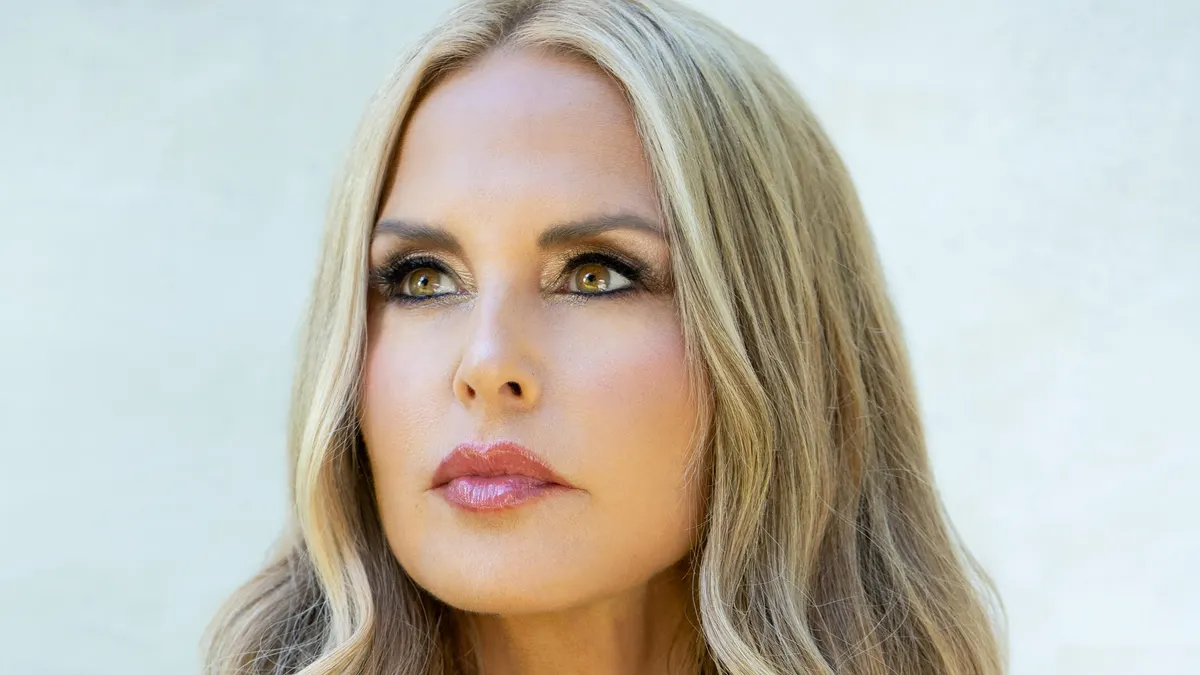Apparel conglomerate VF Corp. closed on its $2.1 billion purchase of online streetwear sensation Supreme in the waning days of 2020. It was an acquisition coup that has been the buzz of the industry and part of a concerted effort to perfect the VF portfolio.
For several years now, that has also entailed dumping brands, including several workwear labels and denim companies Wrangler and Lee. But its star player right now is one it's hung on to for more than two decades, the more than 50-year-old outerwear brand The North Face, maker of tents, backpacks and puffy ski jackets, which VF bought in 2000. Several analysts called out the brand as a major contributor to VF's third quarter, which beat most expectations on profit and margins.
The company on Wednesday said that revenue in the period fell 6% year over year to $3 billion, as e-commerce rose 53%. Its work segment revenue rose 8%, Vans fell 6% and outdoor revenue was down 5%, but flat at The North Face, which saw sequential improvements in some areas. Gross margin contracted by 250 basis points to 54.7%, with inventory down 14%. Net income fell 25% to $347.2 million. The company raised its full-year outlook despite the ongoing challenges brought on by the pandemic. In fact, the pandemic has probably been a boon to outerwear in general, according to several analysts.
"The North Face should be a direct beneficiary of the demand for outdoor gear and people spending more time outdoors due to the pandemic," Edward Jones analyst Brian Yarbrough said by email. "Now, they haven't seemed to benefit as much as Nike but I think they are in a strong position to benefit if this trend towards outdoors continues. I don't see TNF becoming a streetwear brand but I do believe that the beauty of the VF model is they are across different spectrums of the apparel categories as well as footwear included. I think that helps insulate them from one category totally dominating or decimating their overall business model."
Streetwear x Gorpwear
The North Face may not be streetwear exactly, but its merchandise falls squarely into the "gorpwear" category (named for "gorp," a nickname for trail mix) that is edging into the streetwear space, other observers say. The phenomenon is lifting other brands, too, including Patagonia and VF's Timberland. But The North Face is seizing the moment with a series of collaborations that may be best illustrated by its recent tie-up with Gucci.
"The truth is that gorpwear has already been an independent trend developing for at least the last 5-10 years in the city as well," Thomai Serdari, professor of luxury marketing and branding at New York University's Stern School of Business, said by email. She noted that it's a favorite of two key demographics: "college students who identify as independent minds rather than fashion victims" and older consumers who've had a "rising desire to adopt a rural lifestyle."
A few years ago, that was already propelling outerwear to replace handbags as must-have items, Jane Hali & Associates analyst Jessica Ramírez said by phone. The North Face, in particular, has long offered more refined silhouettes and design details in Europe and Japan that have caught the attention of fashionistas and are increasingly sold in the U.S. as well, she also said.
It's an attitude
While the pandemic has boosted outdoor activities, the attitude, and not just the outdoor activity per se, has accelerated the trend, according to Serdari. "Gorpwear is therefore worn with pride because it denotes independence from market trends, freedom of choice and, literally, an independent lifestyle that allows one to either move to the country (and still be able to make a living) or grants them the liberty to be moving back and forth while they enjoy both worlds," she said.
The North Face's strength doesn't flex in opposition to Supreme — an online brand that is poised to benefit from VF's tactical prowess with collaborations, store operations and supply chain, analysts said. Ramírez notes that Supreme, with few stores and tightly edited drops, comes to VF with already lean operations, allowing for careful expansion. And its hold on streetwear aficionados is unlikely to abate, experts said. Still, VF's success will continue to depend on streetwear's real power center, which lies with its consumer, according to Serdari.
"As long as VF allows the brand independence in coming up with editions as they have always had (in other words, if VF maintains the SUPREME business model for SUPREME) I think the brand will continue doing well," Serdari said. "Streetwear remains authentic for the segments who live in urban environments and, I believe, will survive —not as a category that can be merchandised (for example by VF) but rather as a way of dressing that can be authentically styled by those who rule the streets."






















